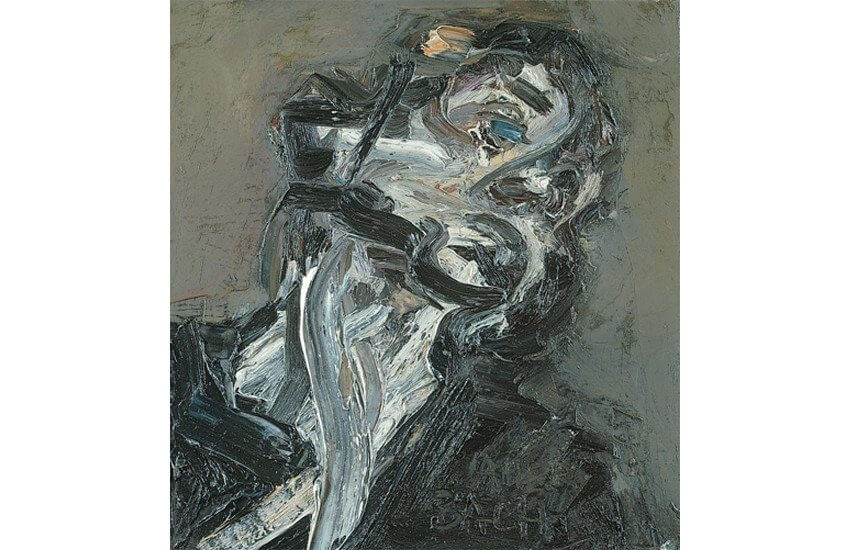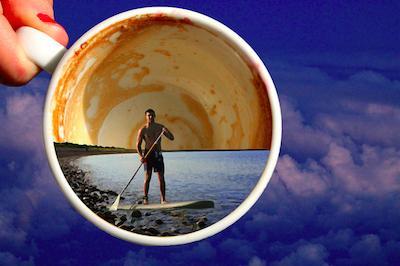
To illustrate the prevalence of these depictions, we have compiled a collection of the most famous self. The most common subjects of art include people (portraiture), arrangements of.
Adriana Craciun, Chairperson This dissertation examines the ways in which British women authors engaged with visual representations of femininity in their letters, memoirs, and autobiographical novels.The conversations that took place in the artist’s studio, the salon, the pleasure garden, and the windows of a printer’s shop were integral to the development of a contradictory, ever-quaking, and anything but coherent8 For more on this see Anne Mellor’s “Romantic Bluestockings: From Muses to Matrons” in Bluestockings Displayed: Portraiture, Performance, and Patronage 1730-1830, ed. In portraiture an interest in extremes of mood found most eloquent expression in the work of Sir Thomas Lawrence, who combined in portraits such as those of Richard Payne Knight (1794 Whitworth Art Gallery, Manchester) and Pope Pius VII (1819 Royal Collection, Windsor Castle) brilliant freedom. Read More.Like other traditional artistic genres, portraiture was radically transformed with the advent of modern art. Before the 1800s, portraits typically depicted.ResearchResearch Catalog of American Portraits PORTAL= Portraiture + Analysis AA/PG Library Linked Open Data Resources for Study Our online resources and subject experts will help with your research.Throughout the course of art history, self-portraiture has remained a tried and true practice among leading artists.
The more tonal variants in an image, the lower the contrast. Values are best understood when visualized as a scale or gradient, from dark to light. Value defines how light or dark a given color or hue can be. How does value create emphasis and the illusion of light?Artists are able to create the illusion of light using different color and tonal values. Welcome to the final piece in our Seven Elements of Art series, in which Kristin Farr pairs videos from KQED Art School with current New York Times pieces on the visual arts to help students make connections between formal art instruction and our daily visual culture.The other pieces in the series? Here are lessons on space , shape , form , line , color and texture.
In a Lens piece, “ Jamel Shabazz’s 40 Years of Sights and Styles in New York,” Maurice Berger writes:Mr. Photographers often capture high-contrast colors to emphasize parts of an image, and low contrast colors to add dimension, foreground and background.The photographer Jamel Shabazz is known for his photographs of diverse communities that serve as social commentary to broaden perspectives. Although paintings and photographs do not often physically light up, the semblance of light and dark can be achieved through the manipulation of value.How do artists produce and use different tonal values? To begin, watch the video above, on value, one of seven elements of art.Photography can be defined as drawing with light. Value is responsible for the appearance of texture and light in art. High contrast images have few tonal values in between stronger hues like black and white.
His memorable photographs communicate successfully in part because of his skilled approach to using value to create emphasis and meaning.Then, compare and contrast Agnes Martin’s use of contrasting color values with the work of the painter Julian Stanczak, known for his Op Art style that also boldly plays with the eye. Which parts of the image are low contrast, and which are high contrast? What stands out? What’s the first thing you see? What’s the next thing you notice? Is your eye drawn to the high contrast or low contrast areas first?In highlighting his community, Jamel Shabazz plays with value and contrast to make them stand out, emphasizing fashion and community aesthetics as a way to honor and document his New York neighbors. Subjects stand out when contrasting with their environment, drawing the eye to the person captured in the image.In “Style,” Lower East Side, Manhattan, 2002,” the black-and-white image that begins the slide show above, there are many tonal values (shades from the gray scale).
This was achieved partly by his delicately textured paint surfaces and partly by the soft light that often infiltrated his forms and patterns, the result of an infinitesimal adjustment of the shades of one or two colors.Browse through the Times slide show embedded above on “ The Art of Julian Stanczak” and answer the following questions: Smith detailed how the artist achieved these optical illusions and became a leader in the Op Art style.He produced some of the most emotionally gripping paintings associated with the Op trend. The effects are retinal but they feel almost hallucinatory.In the Times writer Roberta Smith’s recent obituary about the abstract painter Julian Stanczak, Ms. In his neatly made abstractions nothing stays fixed: lines appear to vibrate, waver, rotate and undulate color glows and throbs as if electrically generated hovering, gridded squares seem to fade in and out of visibility. Stanczak has been steadfastly devoted to using pattern and color to create striking and confounding illusions of movement and luminosity. In his Times review of the exhibition “ Julian Stanczak Master of Op Art: Highlights of the Past 40 years,” Kenneth Johnson writes:Mr.
An image of a painting with colors of highly contrasting values. Which kinds of value variants create the strongest texture?Now that you’ve explored how value is used to emphasize subjects in art and creates the illusion of dark and light, and gained an understanding of the value of colors and how they affect each other, browse through features in The New York Times’s Art & Design section Lens, the Times site for photojournalism or anywhere else on NYTimes.com, and challenge yourself to a scavenger hunt.See if you can find photographs or images of artwork with the following characteristics: Which paintings have the most subtle adjustments between shades?


Do you want to create a calming or jarring feeling? Value can help evoke an emotional response from your audience.Want to read the whole series? Here are our lessons on shape, form, line, color, texture and space.


 0 kommentar(er)
0 kommentar(er)
